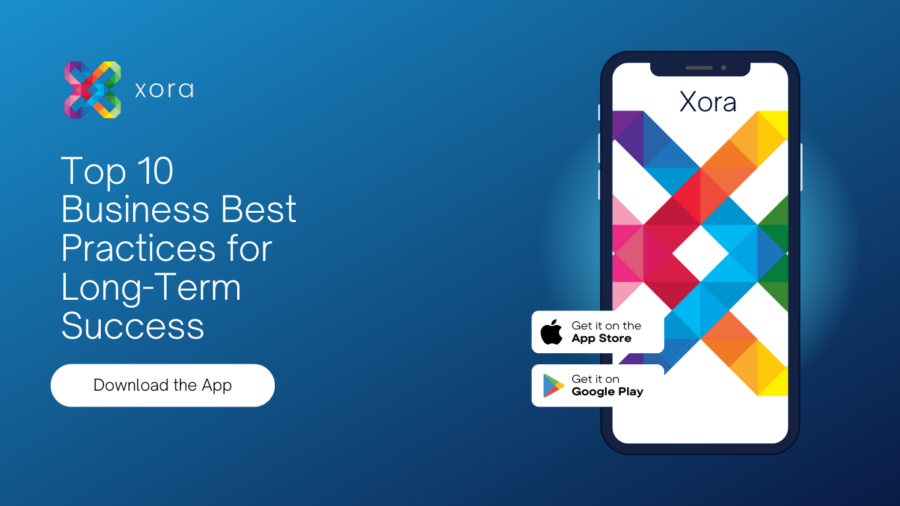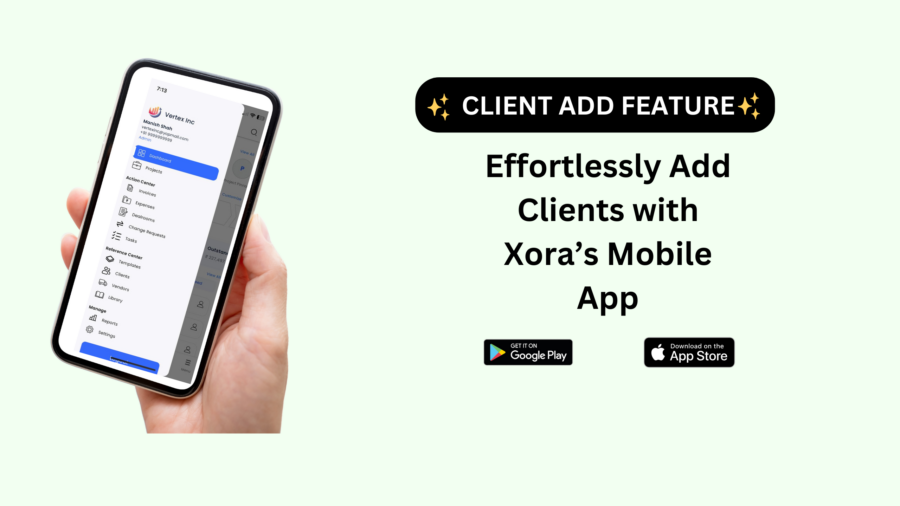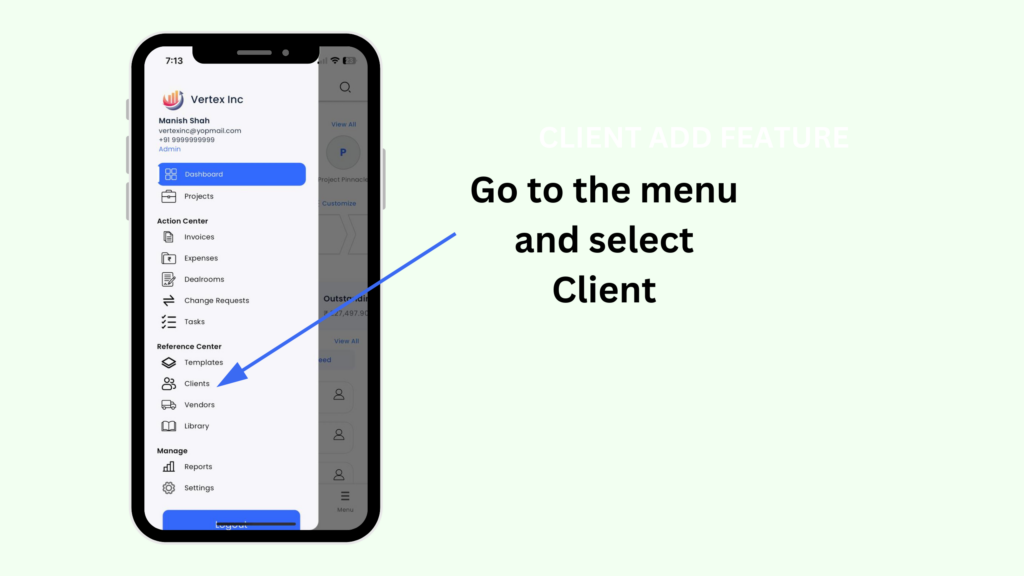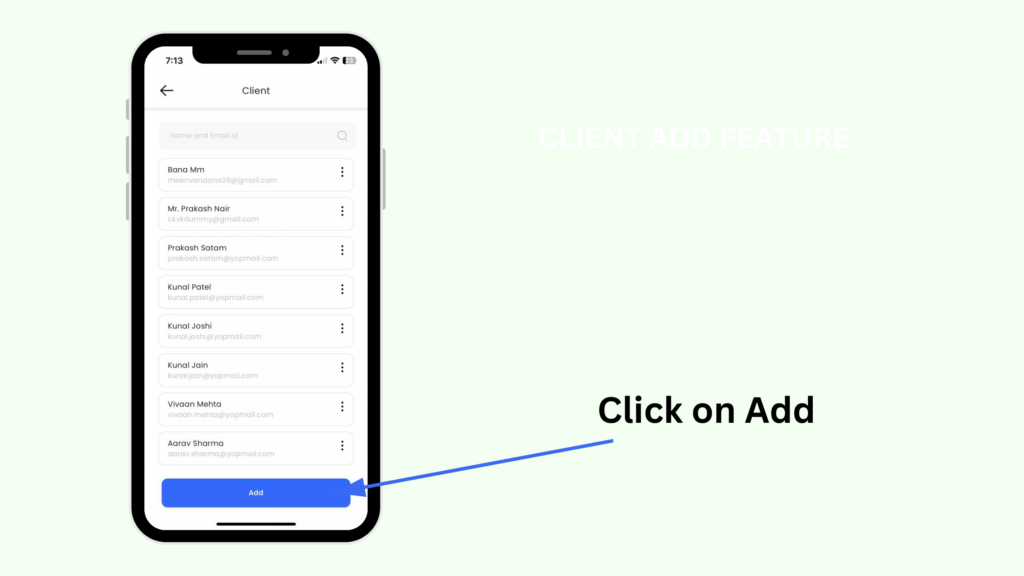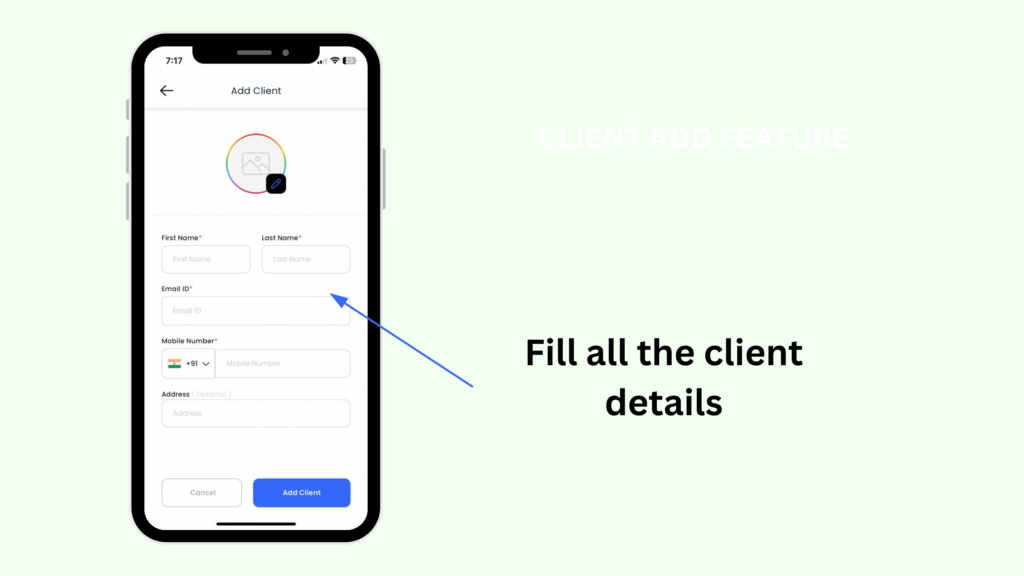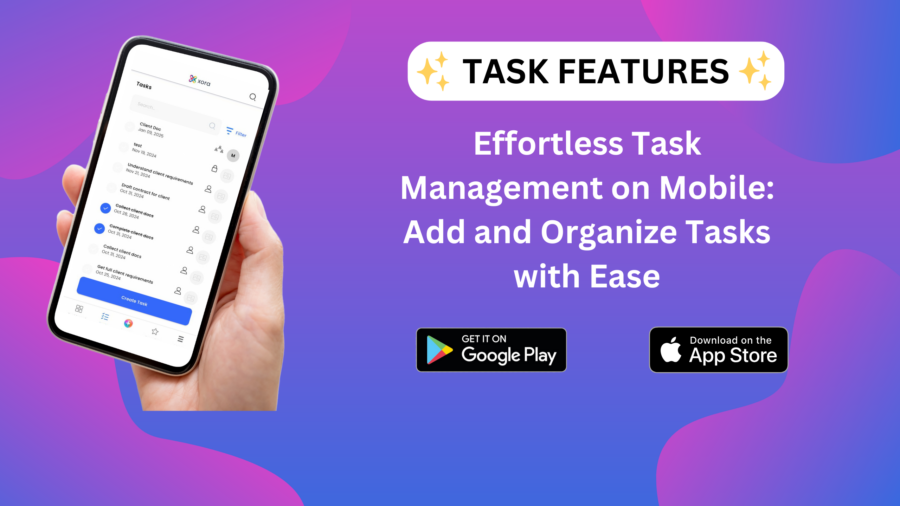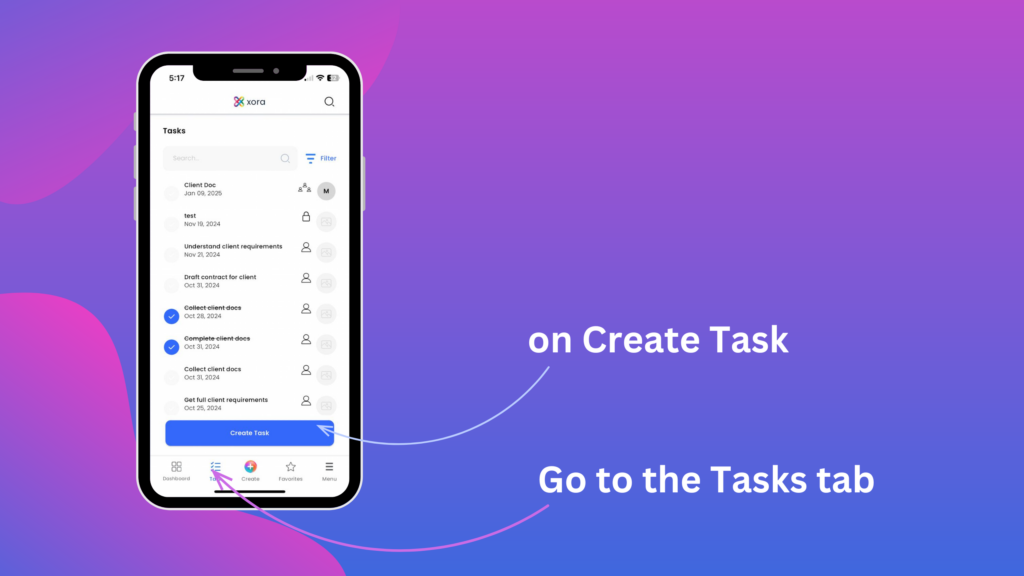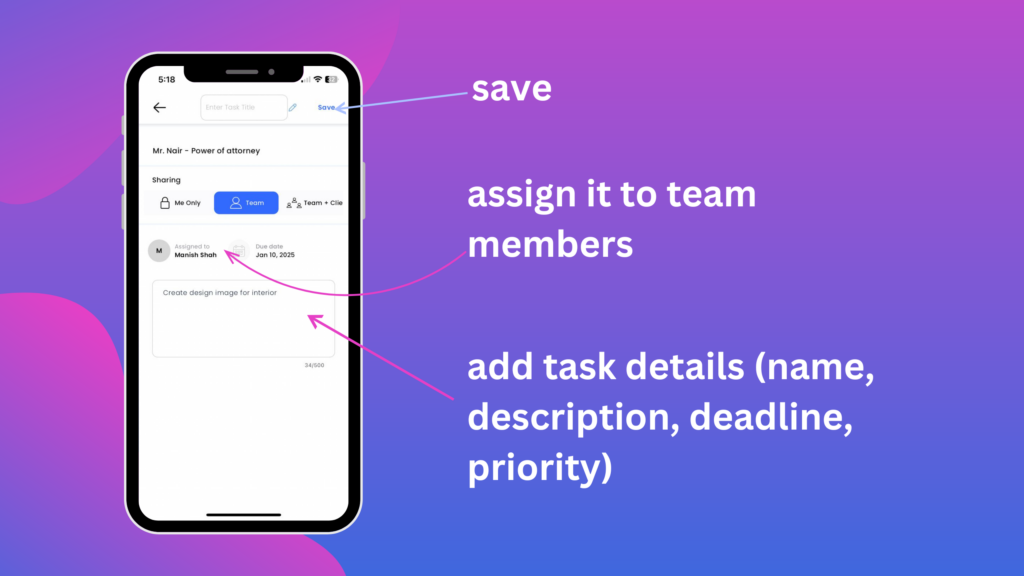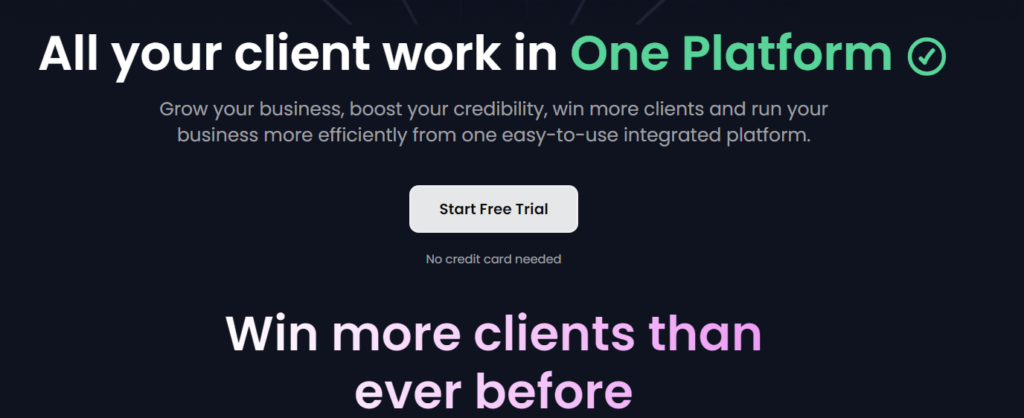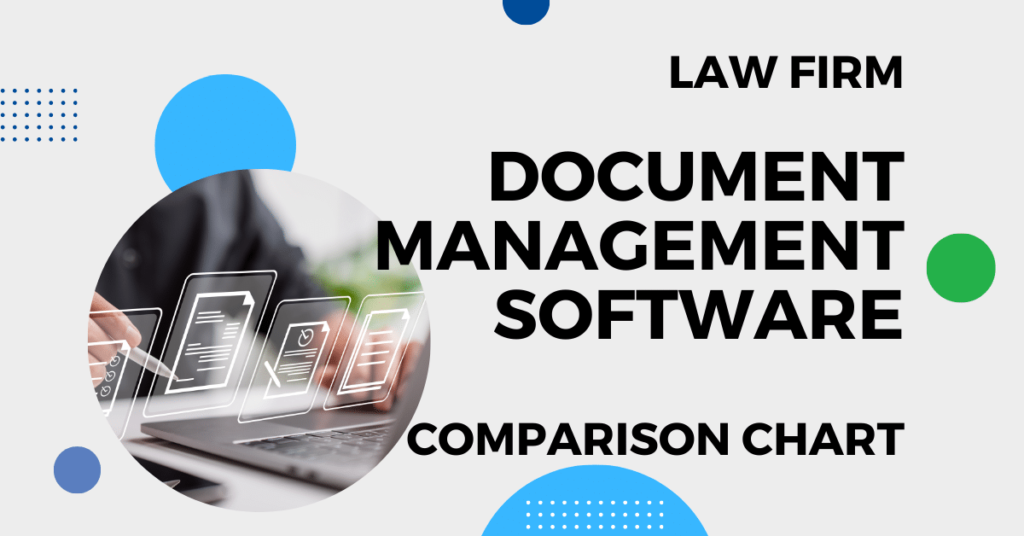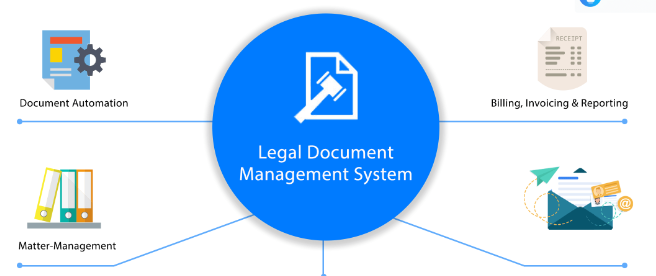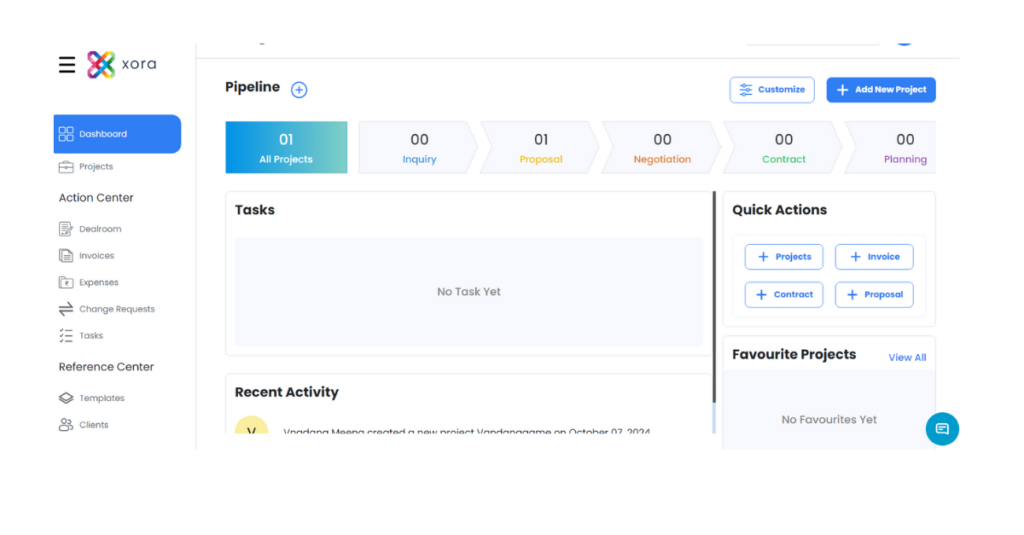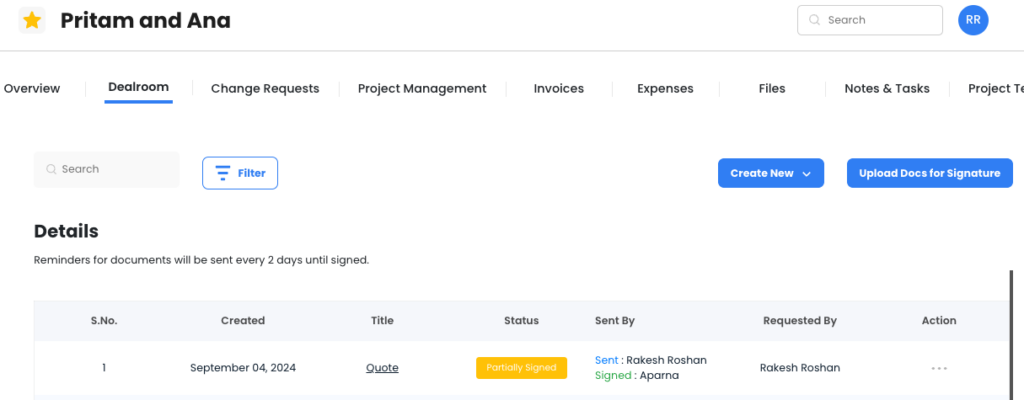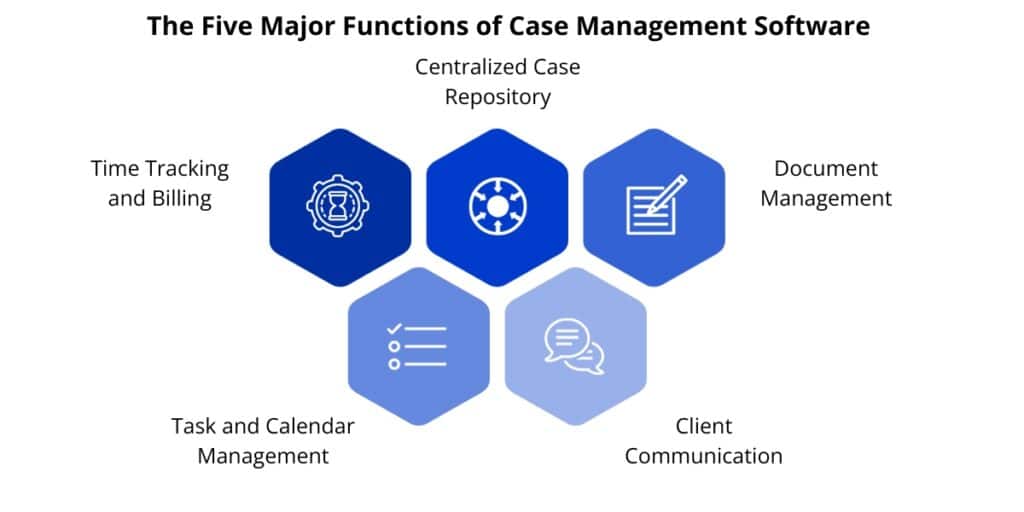Table of Contents
Introduction
Top 10 Best Software Practices for Photographers are essential for any company looking to achieve sustainable growth and thrive in a competitive market. In today’s fast-paced business environment, success depends on strategic planning, customer satisfaction, and continuous improvement. Whether you’re a startup, small business, or established enterprise, implementing proven best practices can set you apart from the competition and pave the way for lasting achievements.
In this blog, we’ll explore the top 10 software best practices that help businesses excel across industries. From setting clear goals to leveraging innovation, these strategies are designed to empower your organization for long-term success.
1. Define Clear Goals and Objectives
A well-defined vision and mission set the foundation for any successful business. Create specific, measurable, achievable, relevant, and time-bound (SMART) goals to align your team and drive progress.
Key Tip: Regularly review and adjust goals to stay adaptable in a dynamic market.
2. Prioritize Customer Satisfaction
Customer satisfaction is central to the Top 10 Best Software Practices for Photographers. Building trust and loyalty with customers leads to repeat business and positive word-of-mouth referrals.
Actionable Steps:
- Use surveys and feedback tools to understand your customers’ needs.
- Implement solutions that solve pain points and exceed customer expectations.

3. Embrace Innovation and Technology
Staying ahead of the curve requires continuous innovation. Leverage the latest technology and trends to streamline operations, improve productivity, and deliver better products or services.
Example: Businesses using cloud-based platforms like Xora for CRM and management can enhance collaboration and efficiency.
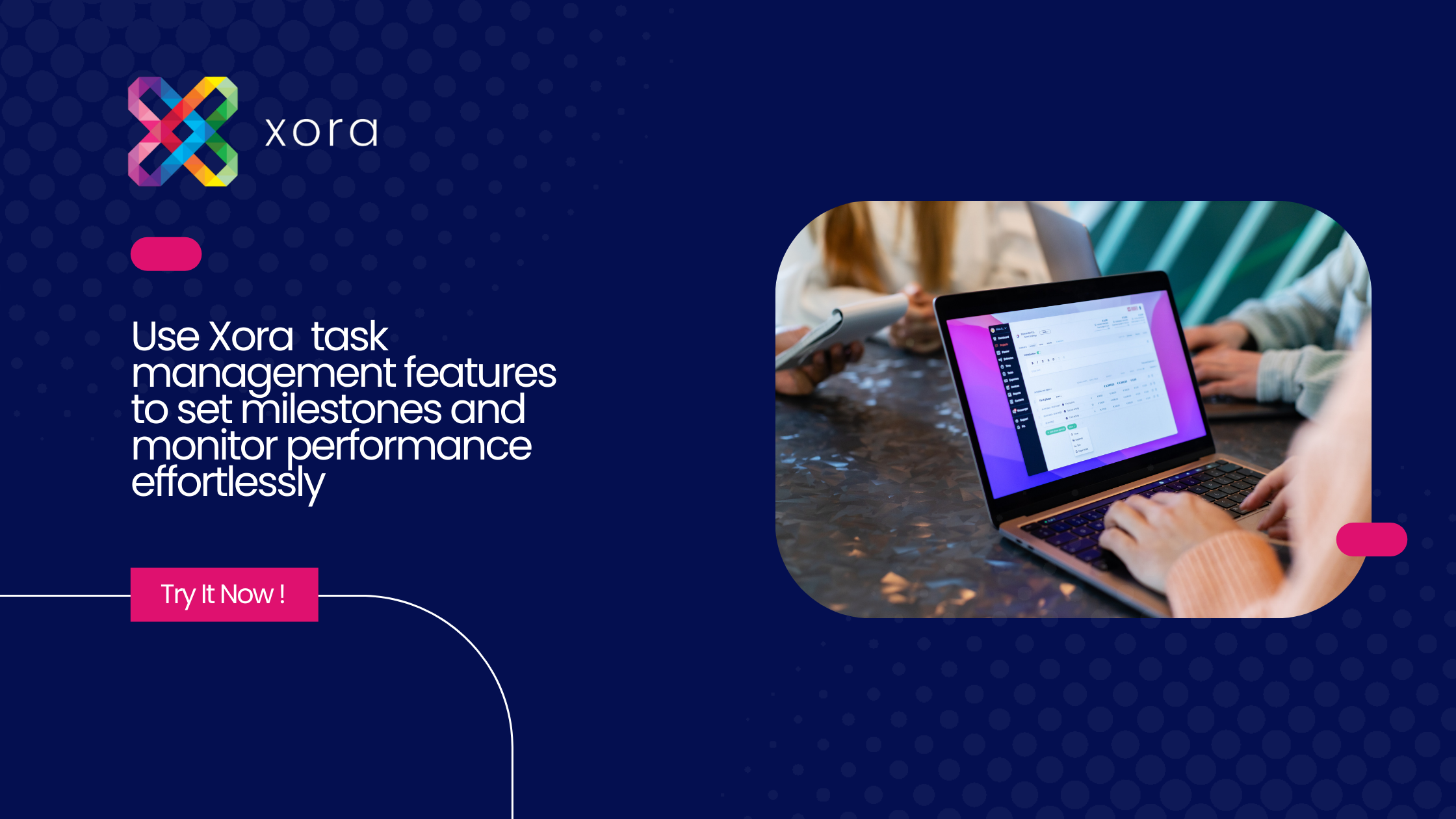
4. Build a Strong Team Culture
A motivated and skilled team is essential for sustained success. Invest in employee training, create a positive workplace culture, and encourage open communication.
Pro Tip: Recognize and reward outstanding contributions to boost morale.
5. Focus on Financial Management
Effective financial planning ensures stability and growth. Monitor cash flow, reduce unnecessary expenses, and invest wisely in high-return opportunities.
Quick Insight: Regularly evaluate financial performance using modern tools to identify improvement areas.
6. Develop a Solid Marketing Strategy
Marketing is not just about promoting products but also about building a brand. Use a mix of traditional and digital marketing channels to reach your target audience effectively.
Key Practices:
- Leverage social media platforms for engagement.
- Use SEO and content marketing to improve online visibility.
7. Maintain Ethical Business Practices
Ethics and integrity are non-negotiable for long-term success. Build trust with stakeholders by adhering to ethical practices in all business dealings.
Impact: A reputation for integrity attracts loyal customers and reliable partners.
8. Stay Agile and Adaptable
Markets are constantly changing. Businesses that adapt to new trends, customer preferences, and economic conditions are more likely to succeed in the long run.
Case in Point: Many companies shifted to remote work models during the pandemic, ensuring uninterrupted operations.
9. Measure and Optimize Performance
Track key performance indicators (KPIs) to assess the effectiveness of strategies and initiatives. Use analytics to make data-driven decisions and improve outcomes.
Example Metrics: Sales growth, customer acquisition costs, and employee productivity.
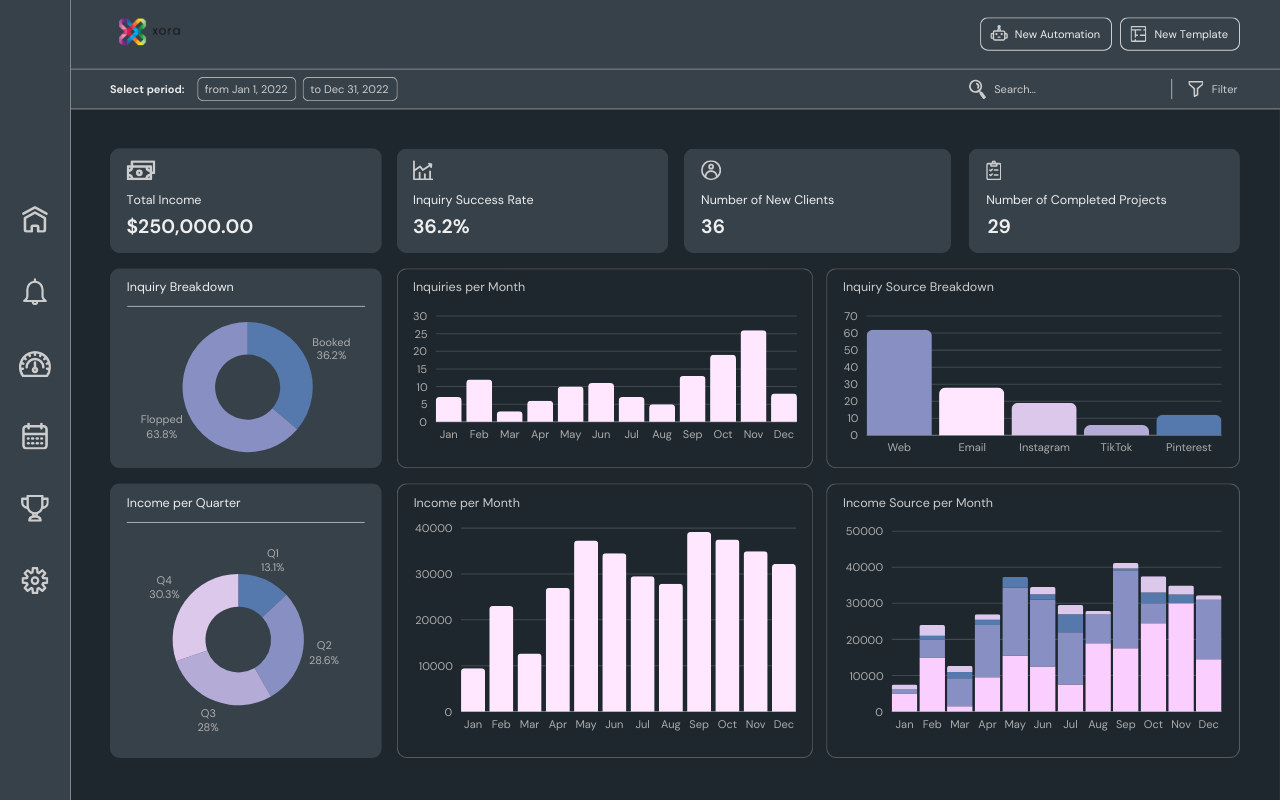
10. Foster Strong Relationships
Build and nurture relationships with customers, employees, partners, and stakeholders. Strong relationships can lead to collaboration, trust, and mutual success.
Strategy: Use CRM tools like Xora to manage and strengthen these relationships seamlessly.
Why These Practices Matter
Adopting these Top 10 Best Software Practices for Photographers remain competitive, customer-focused, and resilient in an ever-changing environment. By combining strategic planning with innovative tools and a people-first approach, organizations can pave the way for long-term success.
Conclusion
Business success is a journey, not a sprint. Adopting the Top 10 Best Software Practices for Photographers outlined here will help you navigate challenges, seize opportunities, and build a thriving organization. Start implementing these strategies today to create a future-proof business that stands the test of time.
For more expert insights and tools designed to empower your business
For more insights on business growth and management, visit Xora’s Features page. Empower your business with cutting-edge tools and strategies tailored to your success.

